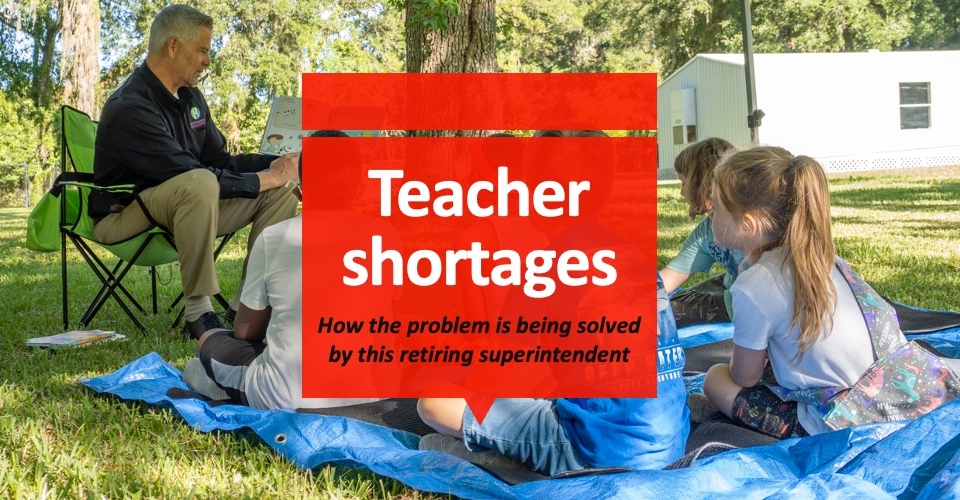K-12 IT leaders have spoken in a new Incident IQ survey: 73% said that maintaining device access is one of their top goals for the year and a resounding 87% stated that sustaining 1-to-1 initiatives at their current levels is a top priority for 2024.
In the 2024 National Educational Technology Plan, the U.S. Department of Education made a call to action to close the digital access divide and ensure students and educators have equitable, sustainable access to connectivity, devices and digital content.
These efforts are moving the education industry in the right direction. However, more than 24 million individuals in the U.S. still don’t have access to high-speed internet and many more cannot connect due to gaps in digital equity and literacy, or because they can’t afford service. The digital divide in education between students who have access to technology and those who do not is ever-present—and it is up to us as leaders in the industry to bridge the gap.
Learning in the digital world
As a middle school teacher for 17 years, I can tell you that technology has become a modern resource and has played a crucial role in and outside of my classrooms. Today, 89% of K12 teachers use educational technologies in their classroom—illustrating the importance of ensuring students have reliable access to devices to learn, interact and collaborate with others.
A U.S. Department of Education study found that 1-to-1 device programs can play a positive role in students’ academic achievement and motivation to be at school. Additionally, according to 2023 research, teachers reported using student tablets or laptops daily for teaching.
While there has been significant progress made in district implementation of 1-to-1 device programs since the beginning of the pandemic (due in large part to ESSER), there is still work to be done—and in some cases, time may be running out.
‘Talking Out of School’ podcast: Sandy Hook Promise’s Nicole Hockley on to spotting students who need help
Many districts used ESSER funding to implement 1-to-1 device strategies for students to maintain learning during the pandemic. Now, most districts have used their allocated funds and the ESSER deadline is coming up on Sept. 30. At the end of ESSER, it may be challenging for districts to maintain 1-to-1 devices for students—but it is imperative and proven to help students flourish and thrive in today’s digital world.
Sustaining 1-to-1 device access for all students
To keep a 1-to-1 device initiative up and running, it takes a district-wide commitment and strategy to never miss a beat. Some things to think about:
- Solve for learning downtime. There are still many cases throughout the country where kids break or lose a device and don’t have access to another one while it’s repaired or replaced. In a world where more and more of our learning is ONLY accessible via technology, this is potentially a huge equity problem.
- Move from manual processes. Automate workflows and streamline help desk ticketing with a workflow management platform that empowers districts to submit self-service help tickets in seconds and amplify efforts with enterprise-level tools built for schools.
- Develop processes and guidelines for device refreshes. Use performance data, breakage rate reports and user insights to inform decisions and policies about your next generation of devices.
- Build learning technology plans. Create plans in consultation with a broad group of stakeholders and according to established review cycles. IT leaders should crowdsource this information from teachers and school leaders to make every voice count.
As educators and tech leaders, we must commit to creating a sustainable 1-to-1 device program and making technology available to every student. This requires our tech teams to collaborate with our educators and our educators to educate our students. It will all be worth it in creating a learning environment that ensures all students have access to equitable learning opportunities.









